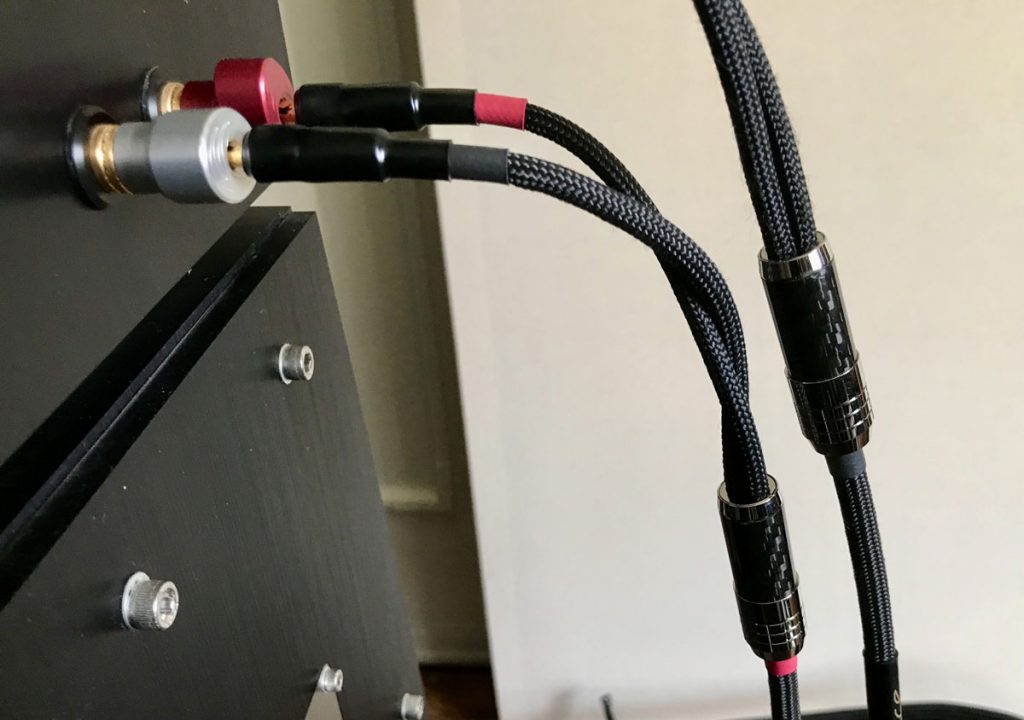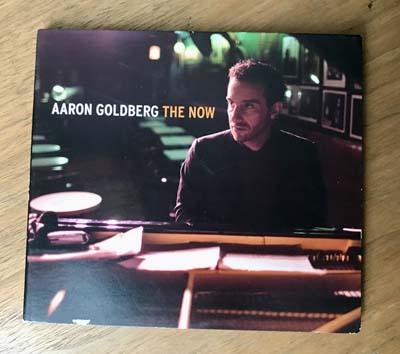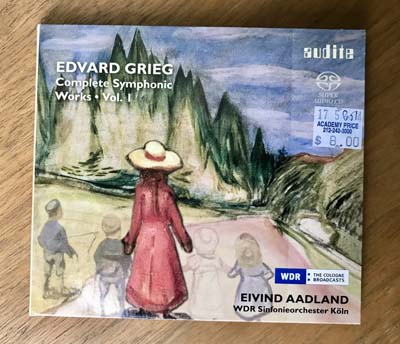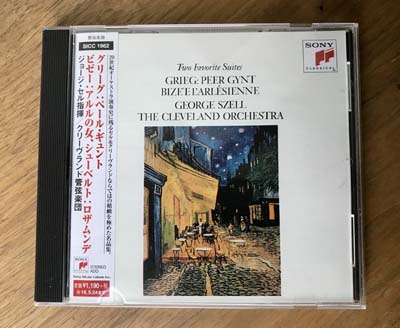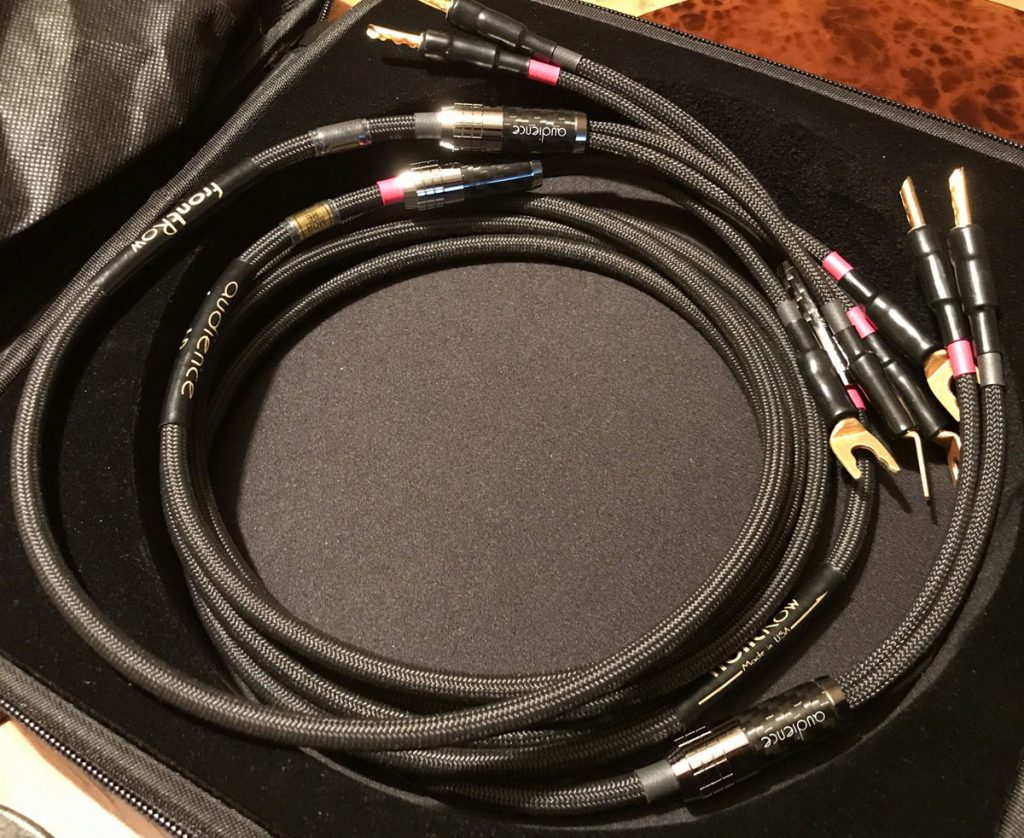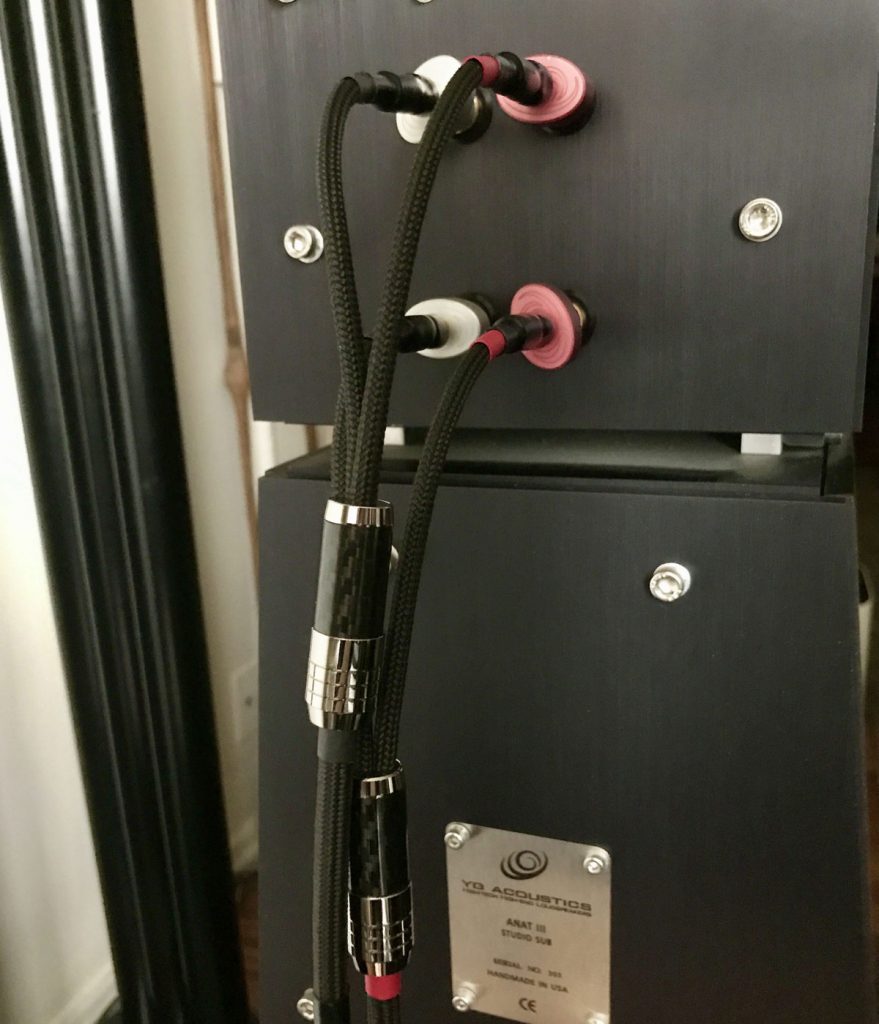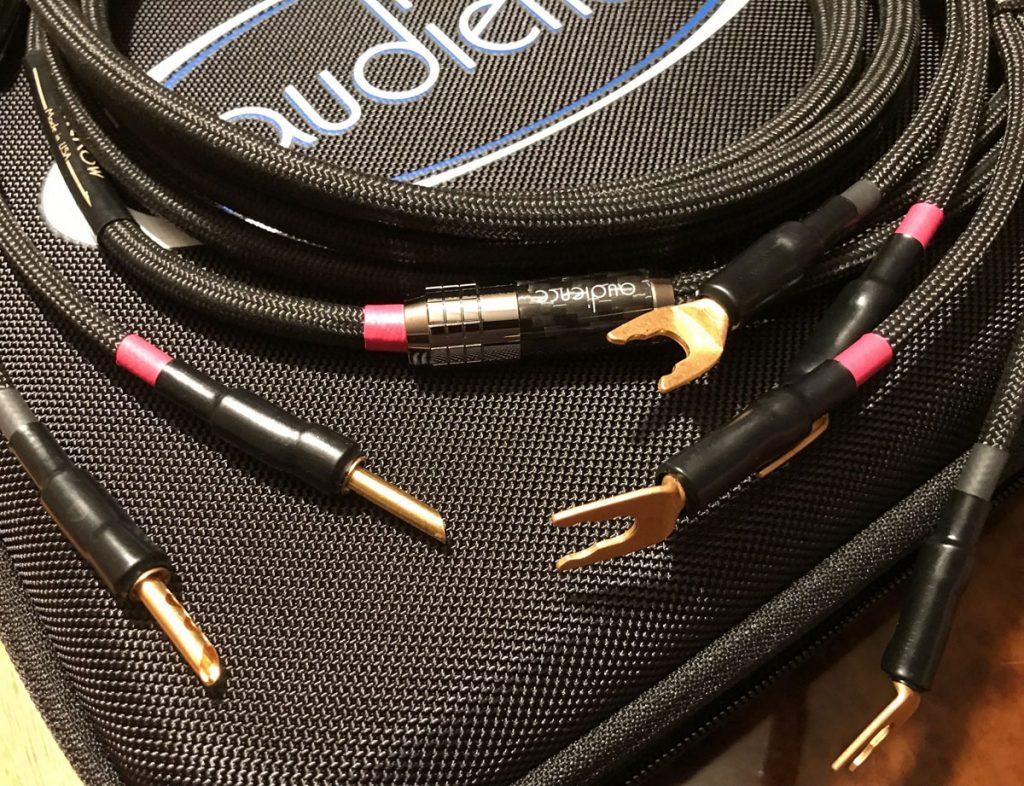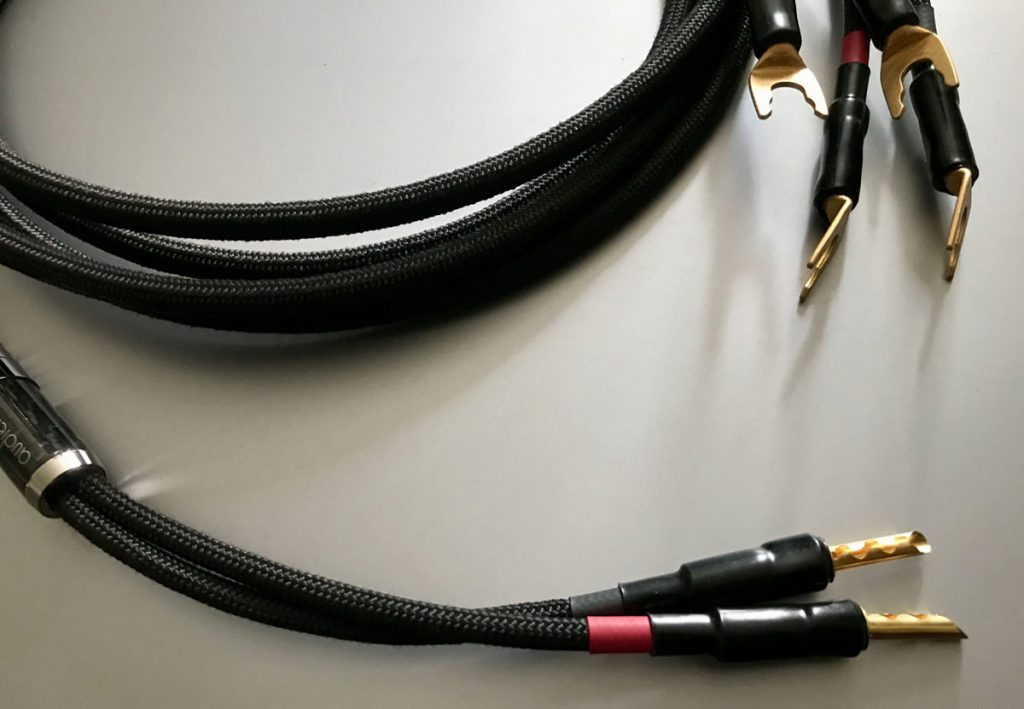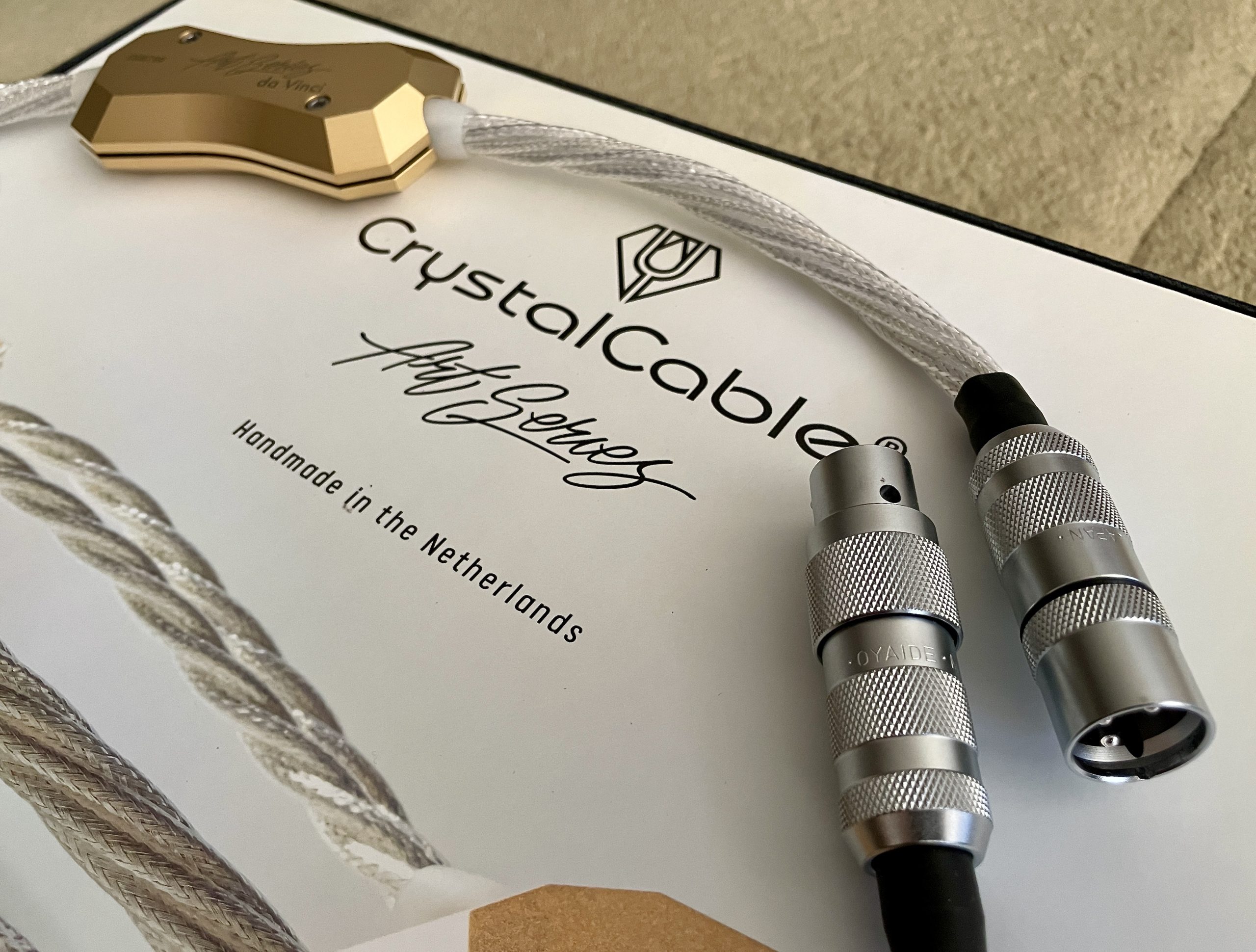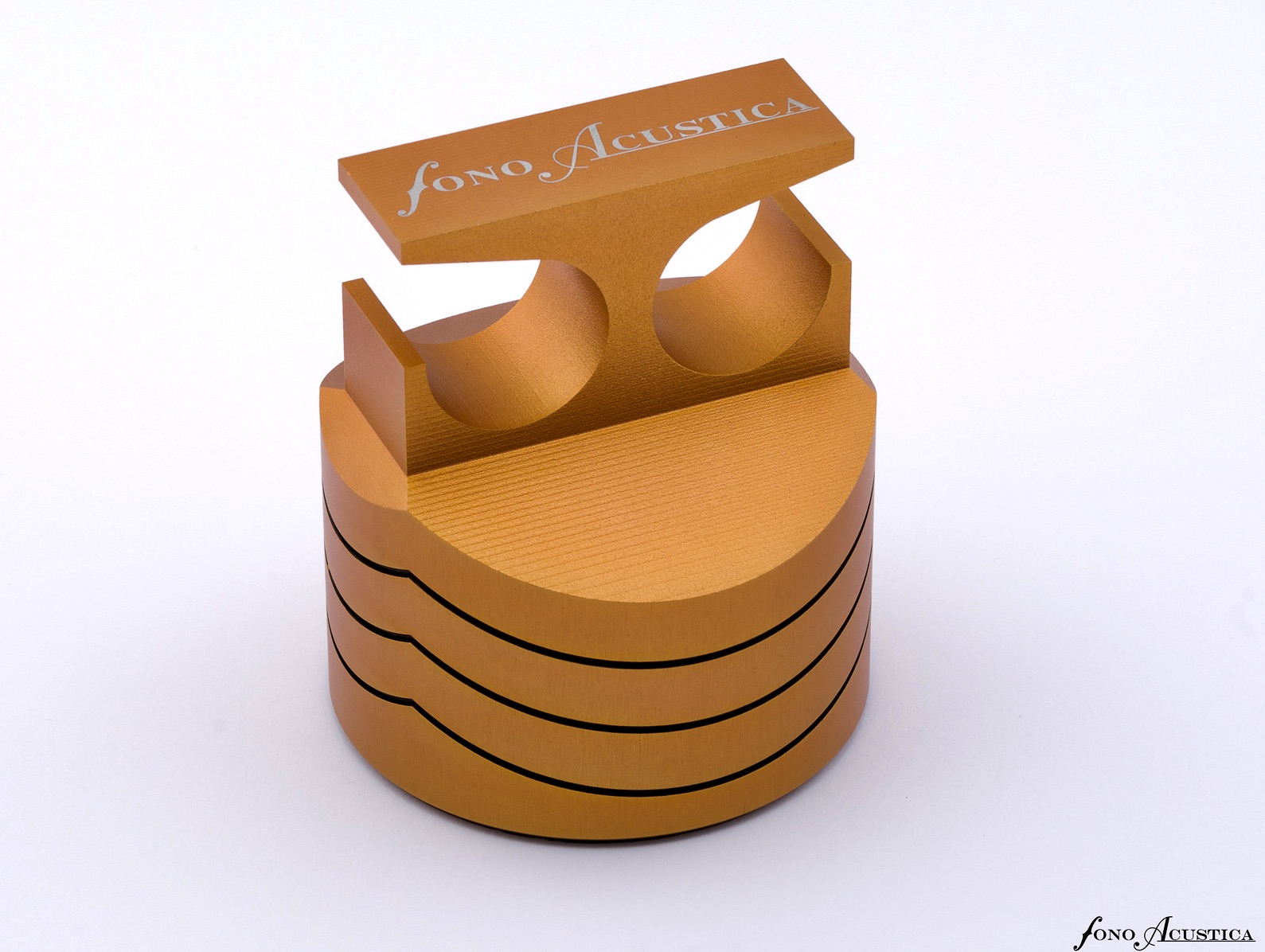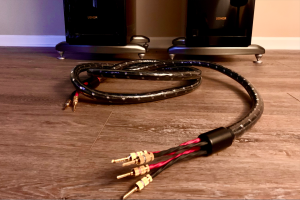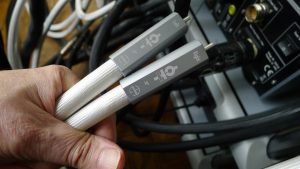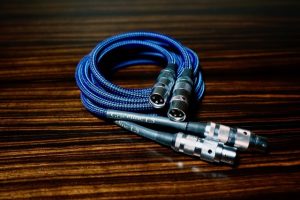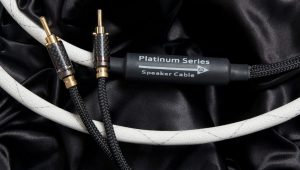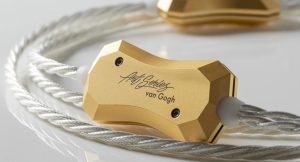Advocacy for Neutrality
Last year I came across several articles on high-end sites purporting to address, What is good sound? Most veered off to the vague and vapid, concluding, whatever floats your boat is good. Has it come to this? I know long-established standards smacking of elitism and privilege are under siege and youthful disruption is in vogue. The very idea of inherited wisdom is questioned today. Age and experience? Oh, you relic! But this is all preposterous. The 21st century has not been kind to us graybeards. Frankly, the siren call of Ludditism pulls hard.
Of course, it's your wallet and you can use it however you like. But don't be misled. If your interest is reproducing unamplified acoustic music, the goal is not arbitrary or individually defined. There is a real-life reference; good sound means realistic sound. When you start out your palette is unformed, as few of us have innate good taste. It takes years of exposure to acoustic instruments to develop discernment and only then can you recognize it in the soundroom.
Because auditory memory is fleet it has to be refreshed regularly. We love concertizing and go all the time, when it was still possible. It's been a year now, due to Covid-19. It's never been this long. I know from past experience the longer the interval, the more likely the system will have veered off course. I wonder how that will play out when the halls reopen.
Let's be clear: fidelity to the source is the Golden Rule. For that, you need neutral components and wires. Now I'm going to add a subordinate, second rule: fidelity to the live experience. It has to sound like music. Nobody said this was going to be easy.
Very soon after I had sufficient hours on the Audience frontRow Speaker Cable, I played The Now, with Aaron Goldberg, piano; Reuben Rogers, bass; and Eric Harland, drums (Sunnyside SSC 1402). Aaron Goldberg's sensibility is post-bop with a spritz of Brazilian seasoning, and he plays the tune—never losing sight of the melody. To that extent, he is a throwback to a time when the tune was king. Compared to today's conservatory-trained players, who spend all their time noodling around with theory and technique—after the intro, you likely won't hear the tune again (and you may not hear it in the intro, either)—Goldberg is balm for the ears.
The CD sounded great, very full, with lots of body and deep, powerful bass. It was heavier than I recalled the last time I put it on, perhaps too heavy, and made me think, "Is there too much bottom?" Later, I put on Edvard Grieg: Complete Symphonic Works Vol.1 (audite 92.651). Apart from the lackluster performance, now I was concerned, "Was it too light?"
That prompted me to pull out my reference for Peer Gynt, the 1966 recording with George Szell and the Cleveland Orchestra. I know it strains credibility to report that the better my system gets, the more these vintage masters from a half century ago pull ahead, and they never sounded better than the late Japanese reissue CDs (or SACDs). They trounce the original Epic (or later Columbia) LPs. Szell and the Clevelanders presented an interpretation, it was never just reading the score. The CD at hand scored 10+ for performance and, while the sound is dated, it's good in the way that vintage LPs sound good, including the bass. The SONY vaults contain a trove of Szell / Cleveland Orchestra master tapes just crying out for Acoustic Sounds or ORG to do them justice.
How is it Possible to Have More, Then Less, and be Just Right?
Returning to the bass, the evidence was contradictory and perplexing. How is it possible to have more bass, then less, and next be just right? What's up with this cable? It showed different faces depending on whatever CD was in the drawer. But this did not faze me, having just reviewed the frontRow IC. Rather than reinvent that copy, I'm going to do some cribbing from that review. (Quoted text will be italicized.)
I confess I didn't know what to make of this "have more but sound like less." I didn't understand where it was coming from until I began to think about how bass is reproduced in a recording studio. It has little to do with quantity. It is about control and accuracy, reigning it in and preventing it from spilling over and exciting adjacent frequencies (a common coloration of the "musical" cables). The frontRow interconnect has outstanding bass grip that locked tightly to the signal. (This applies from top to bottom, but it is most pronounced in the bass.) Once seen in this light, I began to appreciate what an achievement we have here.
Do you want to be in a recording studio or a concert hall?
After many months with the speaker wire, I can assure you these frontRow cables respect the source like a holy text. The frontRow puts the engineering team in the driver's seat—you'll find yourself in the venue they chose to capture in the recording. If you've never experienced it, this honest portrayal is a glorious elixir. You'll hear sounds you haven't before, in correct proportion and perspective. This honesty inspires confidence that it's right.
I am a firm believer that fidelity to the source is primo, but what if you don't particularly want to be in a recording studio and hear what the engineer hears? That's why I added Golden Rule #2. To that end, I have sought out neutral components and wires with a soupçon of musicality. My current wires generally trigger the aural memory of being in an acoustic space, if not always the concert hall.
How About Rule #2: Fidelity to the Live Experience?
The frontRow addresses Golden Rule #2 with a bevy of attributes that beef up the musical side of the ledger. Let me elaborate on some of these credentials.
Accurate, Articulate, and Musical
Occasionally, my attention is lassoed by a demo room that triggers the "fooled ya" response. This can happen at shows even when I'm all the way down the hall. There is always a line waiting to get in, because the pull is magnetic. When that happens at home, it tells me the wire I'm evaluating has realistic tone quality. The frontRow consistently generated these "could it be live?" head fakes.
Some cables are dark; some have no bass; others are strident. In my opinion, most are too light. The tone of the frontRow was somewhat hard to pin down but, generally, it was appropriate for the program material. And it didn't require fussing to get great sound. That's key: if surgery is needed, pack it up and send it on its way.
An important component of good tone is saturation, or density. The images need to be made of flesh and blood and should appear healthy. Avoid the extreme body types, i.e., anorexic or obese. The frontRow images are large with lots of firm flesh. Plus, they're a little on the warm side in tonal temperature.
Timbre Discussion
I know, I know, I've been harping about timbral quality ad infinitum. It is so important for the classical music lover, but I'll keep it brief. Musicians and orchestras are evaluated for their technical facility, interpretation, and beauty of sound. That's what I need to hear in my soundroom. However, it is not so easy to find audio gear up to the task. There are only a few cable brands in the Timbre Champ Club and they tend to be quite costly.
Application for membership to the club has two requirements. The wire has to be capable of reproducing fine timbral discriminations. Second, it can't be intimidated by beauty. It sounds crazy, but there are brands so adamant about neutrality and accuracy that anything that smacks of color or beauty is viewed askance, like an invader that needs to be purged. For the fundamentalist, these are manifestations of euphony.
To the extent that gear fails these requirements, each deficit chips away the natural beauty of the sound and the degree of sameness increases, as instruments loose what makes them unique. Your brain kicks in to make up the deficit and figure out what instrument is playing.
It is with unabashed delight to report the Audience frontRow interconnect [and speaker cable] met the requirements for uniqueness and beauty. It's as if your box of 24 color crayons was swapped for one with 64 sticks. While I cannot say it's the best I've heard (those guys have something like 128 sticks), the frontRow gets invited to the club, with the distinction of being the most affordable member.
Sound Stage: Neat and Tidy vs. Loose and Free
I already had frontRow powerChords and interconnects throughout the system when I installed the speaker cable. There is a synergy that becomes more apparent and compelling as you add pieces. You might say I was privy to the fully developed frontRow package.
In the best sense, the soundstage is neat and tidy—you know, everything in its place, everything visible, nothing left obscure or vague. You'll find it very quiet, very pure; noise and artifacts are noticeably absent. And it is always composed. It's rare to hear treble abrasiveness or have the stage collapse under stress from a massive crescendo. The virtues of the frontRow loom cover so much ground that it could easily be an end point for many.
Still, after you have gotten used to this very high level of play, a minor complaint may nag about the degree of control. Some may want it to back off, to exert a little less grip. As Lynn said, "It could be more sloppy; it's too well done. It doesn't range as freely as some cables." I understand where she's coming from; it depends on what you're used to. At any rate, this is where the tweakers toolkit can assist. I simply went around the room and pulled a couple of Marigo room acoustic discs off the walls to relax the sound. Mission accomplished.
Cosmetics and Design
When I opened the box and spied the frontRow speaker cables, I had to chuckle. It is so much thinner than any of the top drawer cables on the market. In this era of the supersized, ultra thin wires have long been a point of pride for Audience. If cable bling is attractive to you and you dig over-built brutes, the frontRow won't fit the bill. Build and parts quality of the speaker cable is on par with the frontRow powerChords and interconnects—high quality throughout. Cosmetically, all three are dressed in basic black color schemes, with a woven fabric outer sheath and carbon fibre plugs.
the MORRE Package
All frontRow cables include the latest technology, which Audience has bundled under the umbrella acronym MORRE (Musically Optimized Reduction of Resistive Energy).
Click here to read a white paper about MORRE.
Conclusion
I began several months ago with the Audience frontRow powerChords after a friend recommended the line. The upshot was several powerChords took up residence in the reference system and I couldn't wait to push on with the interconnects, which turned out to be even better than the powerChords and for less money! The speaker cables now on deck complete the circuit and are every bit as good as the interconnects.
The frontRow suite achieves the implicit goal of every serious high-end review—fidelity to the source. It is uncanny how they make the footprint of electrical devices almost undetectable, bringing you closer to the source. To a very large extent the frontRow speaker cables and interconnects step aside. (The powerChords do it, too, but have more color and personality.) The frontRow suite completely satisfies the primary Golden Rule.
How did the speaker cable fare on Rule #2, fidelity to the live experience? I can vouch that beauty did not fall victim to fidelity. If it was present in the source, the speaker cable made it available to the listener.
For this review I had nearly a full house of frontRow wires. You might say I experienced this line of cabling in full. Installing each piece—powerChord, interconnect, then speaker cable—made a significant change and invariably improved the sound. As a package, it was sometimes capable of generating moments of the highest verisimilitude that left me in awe. I would recommend you begin with the interconnects or speaker cables and go from there.
frontRow Speaker Cable
Retail: $5000/2m
Audience AV




